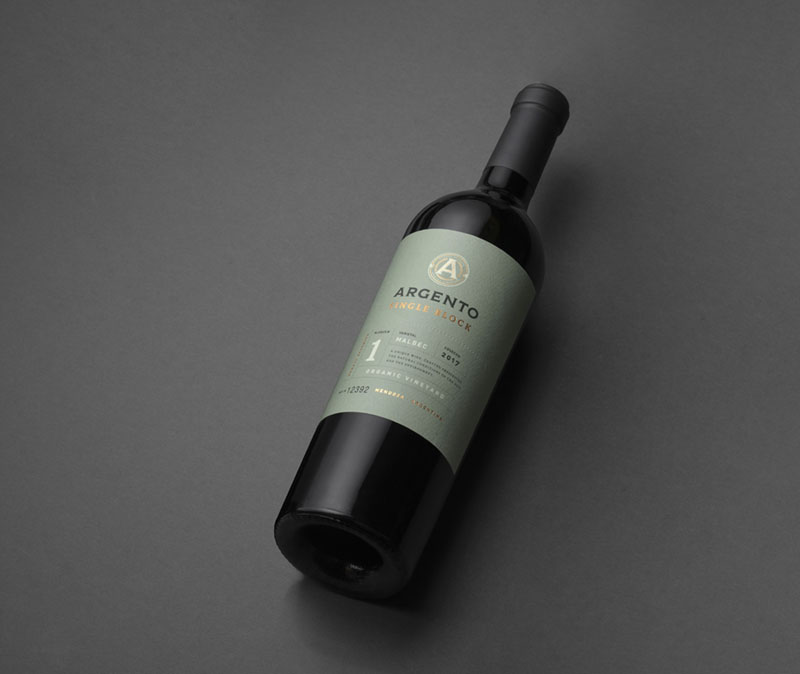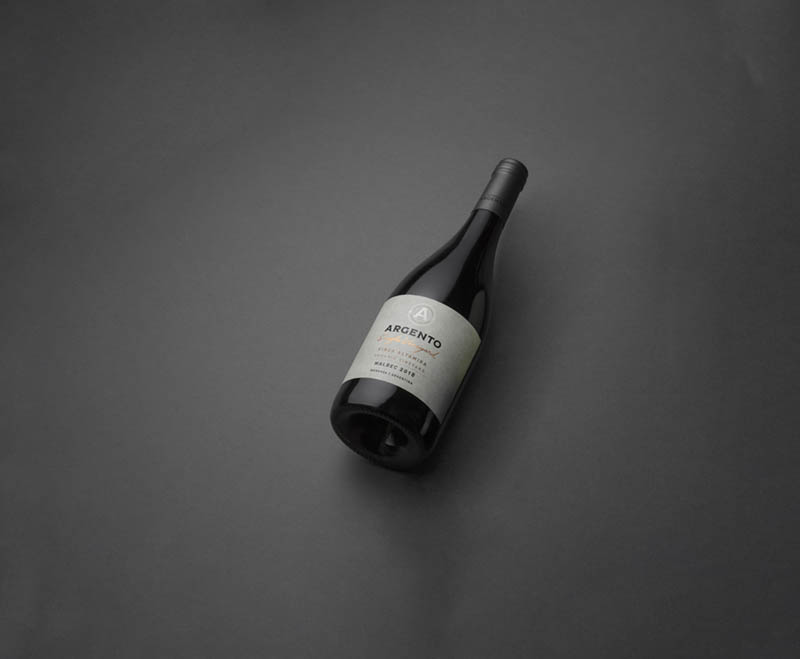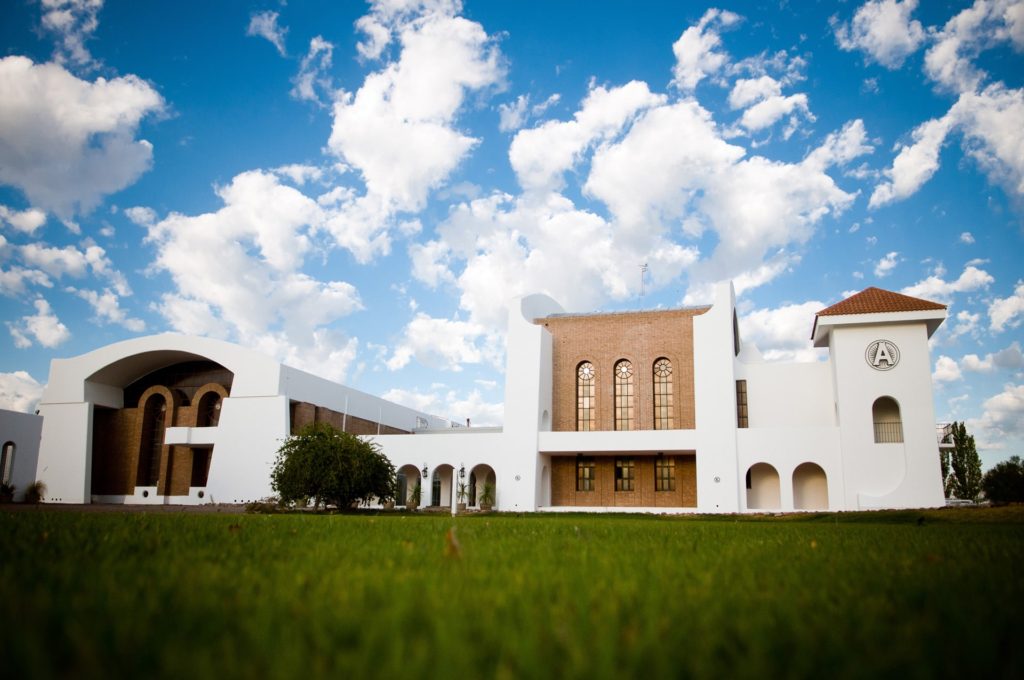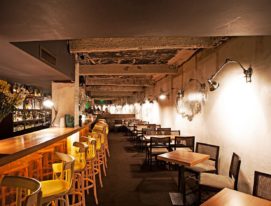In a world looking for answers to existential issues such as climate change, deforestation, dwindling water supplies and exhausted soils, the wine industry mustn’t turn a blind eye.
Which is why more and more producers are making wines rooted in a philosophy of environmental consciousness, excellence and quality.
In Argentina there are several notable examples, in fact Mendoza is one of the world’s leading organic regions, but an undoubted pioneer of the green revolution is Bodega Argento – a member of Grupo Avinea – the largest organically certified producer in the country.
In 2012, working in a spirit of continuous innovation, Bodega Argento began a major organic conversion and developed strict protocols to reduce their carbon emissions as well as making a commitment to support the communities where the winery is based, an initiative for which they obtained Fair Trade certification.

Today, with 305 organic-certified hectares under vine in Luján de Cuyo, Maipú and the Uco Valley, Bodega Argento has established itself as a major proponent of sustainable viticulture in Argentina and their wines are enjoyed in over 50 countries.
Bodega Argento, a commitment to nature
In the agricultural sphere, Bodega Argento has a clear goal: to reach 650 organic hectares by 2025. To ensure transparency in their social and environmental practices, audits are carried out independently by third-party organizations.
In addition, they use machinery that helps to conserve energy and obsessively conserve water and the soil; both vital resources for the vines.
Argento’s comprehensive waste management program is a central pillar of their operations: wherever possible they opt for recycled, low-weight packaging and ecological bottles.

Environmentally conscious wines
Juan Pablo Murgia, the Head Oenologist of the Grupo Avinea, has been tasked with interpreting the essence of each vineyard and bringing it out in fresh, elegant wines.
“Viticulture is part of our landscape, which is why sustainability is one of the pillars of our working philosophy and we apply it at every stage of production, using resources responsibly and encouraging the development of local communities.”
For their organic wines, Bodega Argento use grapes from Alto Agrelo, at 3474 feet above sea level, and Paraje Altamira to the south of the Uco Valley at 3300 fasl. Both regions provide exceptional raw material for organic wines.
“At Bodega Argento we cherish the fruit with which nature provides us and carefully apply a methodology grounded in in-depth knowledge of the vineyards. This helps us to get the best possible expression of Mendoza, as can be seen in our organic wines.”

The wines of Bodega Argento
Over the past few years, Juan Pablo Murgia has consolidated Bodega Argento’s reputation as a producer of very high-quality wines that receive acclaim from across the world.
Each of their lines is the result of one of the winery’s essential concepts: “to offer organic and sustainable wines with a sense of place that become leaders in their segments thanks to their quality and the value they offer consumers in different markets,” says the winemaker.
The house’s agricultural and oenological teams are working hard to classify the different vineyards and micro-terroirs by type and soil texture. This fascinating project begins with Argento Estate Bottled, whose Malbec is made with grapes from deep lime-clay soils in the Alto Agrelo vineyard (Luján de Cuyo, Mendoza). Its profile is thus dominated by red fruit and gentle tannins. The line also has a fruity, vibrant Pinot Grigio.
For the Argento Estate Reserve, “we selected vines planted in soils with a little more sand and stone in the vineyards of Alto Agrelo and Paraje Altamira (to the south of the Uco Valley) which allow us to produce wines in which the expression delivers dark fruit with an extra layer of structure,” says Murgia. The line includes a Malbec, a Cabernet Franc and a Chardonnay.
With the Argento Estate Collection the selection of the terroir becomes a little more precise with the rockier soils of the Agrelo vineyard favored on this occasion: “Here we focus on complex, mineral-rich wines with good structure. We get herbal notes and a healthy measure of dark fruit in both the Malbec and the Malbec-Cabernet Franc.”

For the Argento Single Vineyards, ongoing research and exploration has identified the best parcels of each of the vineyards of Luján de Cuyo and the Uco Valley. Here the soils are shallow and as much as 80%-90% stone, a composition that results in unique, complex expressions.
The Single Vineyard varietals from Finca Agrelo are a Malbec and a Cabernet Franc, among which balsamic, fruity notes stand out alongside an excellent structure, while the same Single Vineyard varieties from Paraje Altamira deliver red fruit with floral notes, good acidity and chalky tannins. “For each wine we want to create a pure expression of the terroir.”
Finally, Argento Single Block #1 from Paraje Altamira is an optimal expression of the terroir of the famous Geographic Indication. “We’re talking about a micro-parcel of pure alluvial stone that enhances the profile to its fullest extent. This is a mineral, floral Malbec with superlative fruitiness and complexity.”
This sophisticated expression saw Argento Single Block 1 Organic Malbec named the best organic wine from Argentina at the Decanter World Wine Awards 2020, with 95 points.



